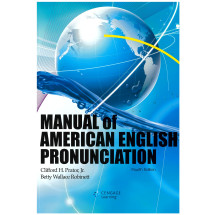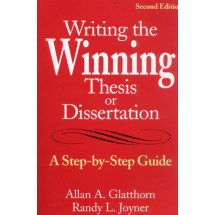* - Indicates new selection
Preface
Introduction
Part One: Process as Well as Product
John Keenan, “Using PAFEO Planning”
Michael E. Adelstein, “The Writing Process”
Peter Elbow, “The Direct Writing Process for Getting Words on Paper”
Linda Flower and John Ackerman, “Evaluating and Testing as You Revise”
John S. Harris, “The Project Worksheet for Effective Writing Management”
Part Two: Problems with Language
Stuart Chase, “Gobbledygook”
William Zinsser, “Writing in Your Job”
Alan Siegel, “The Plain English Revolution”
*Mark Mathewson, “A Critic of Plain Language Misses the Mark”
University of Wisconsin-Extension Equal Opportunities Program Office and Department of Agricultural Journalism, “A Guide to Nonsexist Language”
*Gwyneth Oloffson, “International Communication and Language”
Part Three: Business and Technical Correspondence
David V. Lewis, “Making Your Correspondence Get Results”
Allan Glatthorn, “I Have Some Bad News for You”
Harold K. Mintz, “How to Write Better Memos”
John S. Fielden and Ronald E. Dulek, “How to use Bottom-Line Writing in Corporate Communications”
*Janis Fisher Chan, “E-Mail: Present a Professional Image”
Part Four: Reports and Other Longer Documents
J. C. Mathes and Dwight W. Stevenson, “Audience Analysis: The Problem and a Solution”
Richard W. Dodge, “What to Report”
Christian K. Arnold, “The Writing of Abstracts”
Vincent Vinci, “Ten Report Writing Pitfalls: How to Avoid Them”
Walter E. Oliu, Charles T. Brusaw, and Gerald J. Alred, “Creating Tables and Illustrations”
David W. Ewing, “Strategies for Persuasion”
Philip C. Kolin, “Proposals”
*Richard Johnson-Sheehan, “Writing Proposals with Style”
Part Five: Resumes and Other Written Materials for a Job Search
John L. Munschauer, “Writing Resumes and Letters in the Language of Employers”
Steven Graber, “The Basics of a Cover Letter”
*Margaret Riley Dikel and Frances E. Roehm, “Your Resume on the Internet”
*Karl Weber and Rob Kaplan, “Follow-up Letters”
Part Six: And Now a Word (or Two or Three) about Ethics
Dorothy A. Winsor, “Communication Failures Contributing to the Challenger Accident: An Example for Technical Communicators”
Darrell Huff, “How to Lie with Statistics”
Dan Jones, “Determining the Ethics of Style”
Carolyn D. Rude, “Legal and Ethical Issues in Editing”
*Tyanna K. Herrington, “Law and Ethics: A Primer for the Digital Age”
This book is supposed to be a new edition but there are only a few articles that have changed. Some outdated ones still remain. Unfortunately, there aren't any standards for what constitutes a new edition. This is a shame because students pay more for books that are almost identical to previous editions.















